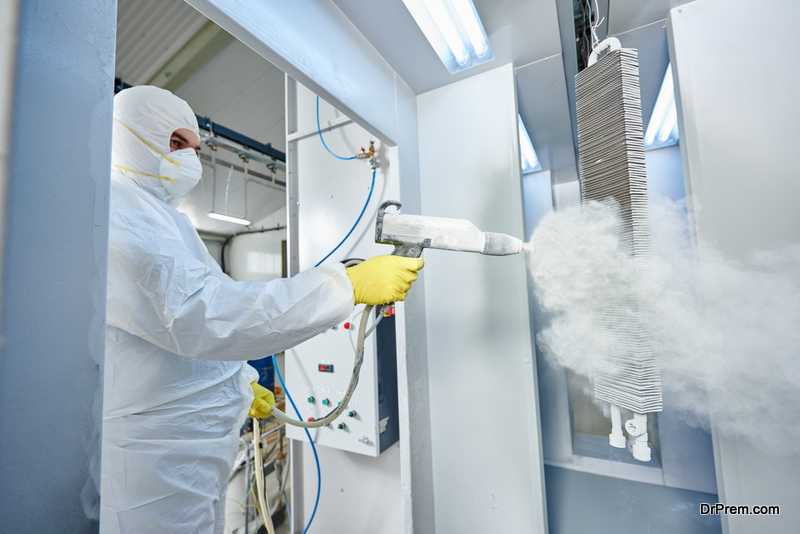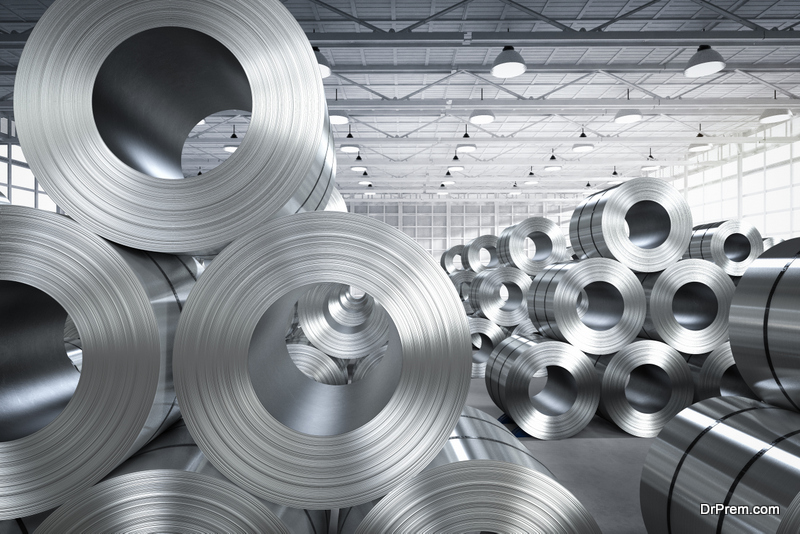When two dissimilar metals come into contact and an electrolyte, such as moisture, is present, then there is a likelihood of bimetallic corrosion in a more electronegative or anode metal, as determined in the electrochemical series, which corrodes primarily, preventing corrosion of the other metal. And galvanizing is the process that tries to get rid of that.
The bimetallic effect is the basis for the protection that the zinc coating (hot galvanizing) provides for small areas of unprotected steel if the coating is damaged. Zinc coatings corrode in the first place, protecting the metal, which is lower than it in the electrochemical series. The degree of bimetallic corrosion will depend on the number of factors such as contact of metals, the ratio of the areas of contacting metals and operating conditions. That is why it’s essential to use only proper steel and be sure you won’t end up with a negative effect after galvanizing.
Usually, hot-rolled steel functions well in contact with the most common structural metals, when in atmospheric conditions, a high ratio of galvanized steel areas to another metal is ensured. Conversely, under immersion conditions, the effect of bimetallic corrosion increases substantially, and insulation is usually required.
Stainless steel and aluminum
When atmospheric conditions and humidity are in the state of moderate, the contact between the galvanized surface and stainless steel, as well as aluminum should not have any problems, as it is not likely to have substantial corrosion. However, under very moist conditions, such as pouring rain, the galvanized surface may need electrical insulation from aluminum or stainless steel.
Stainless steel
When galvanized products are implemented to stainless steel, zinc with time gives away its properties until a protective layer of rust develops on stainless steel. As this rust layer emerges, it creates a layer within itself that prevents protection of zinc. The zinc coating has to be thick enough to extend rust protection for many years. The galvanized products made by the hot method acquire enough zinc coating to extend protection with minimal loss in coating operation.
The use of stainless steel with galvanized steel is carried out in the form placing products under atmospheric conditions. Given the low potential for bimetallic corrosion and the low surface area of stainless steel fasteners, bimetallic corrosion is usually absent, practice shows the need to maintain insulation using insulating washers. For example, steel with a high content of silicon (Si = 0.23 – 0.30%) can be used to obtain excess thickness of the zinc layer. But keep in mind that such a galvanized surface is more fragile, visually dark gray or spotty. You must take care of it when transporting and handling.
However, if the content of silicon and phosphorus exceeds the above limits, the steel falls into the so-called Sandelin effect. Such steel cannot be galvanized qualitatively, as the zinc layer is thick, and brittle. There is a high probability of flaking. Steel with a silicon content of Si> 0.30% cannot be galvanized. The zinc layer is super thick (more than 200 µm), uneven and brittle. A zinc layer being peeled is just a matter of time.
Want to know more? Visit https://metinvestholding.com/en/products/sheets-steel/galvanized-steel-sheets
Article Submitted By Community Writer



